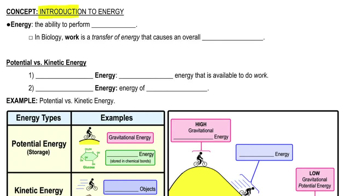Textbook Question
Cows can derive nutrients from cellulose becausea. they produce enzymes that recognize the shape of the glucose-glucose bonds and hydrolyze them.b. they re-chew their cud to break down cellulose fibers.c. their digestive tract contains microorganisms that can hydrolyze the bonds of cellulose.d. they convert cellulose to starch and can digest starch.
2367
views





